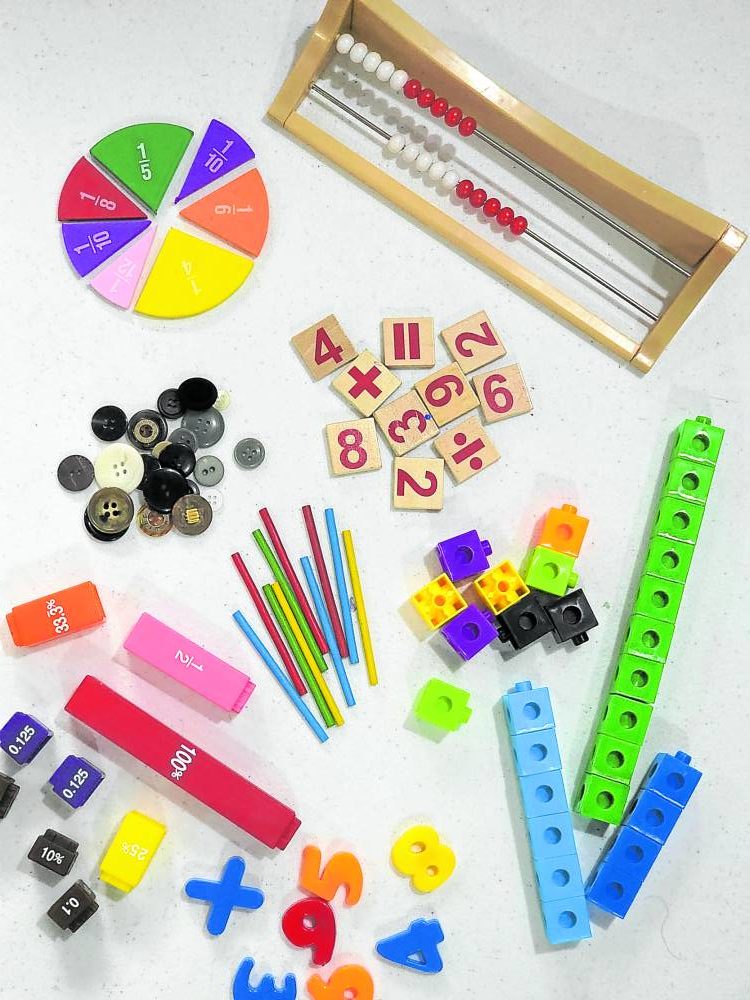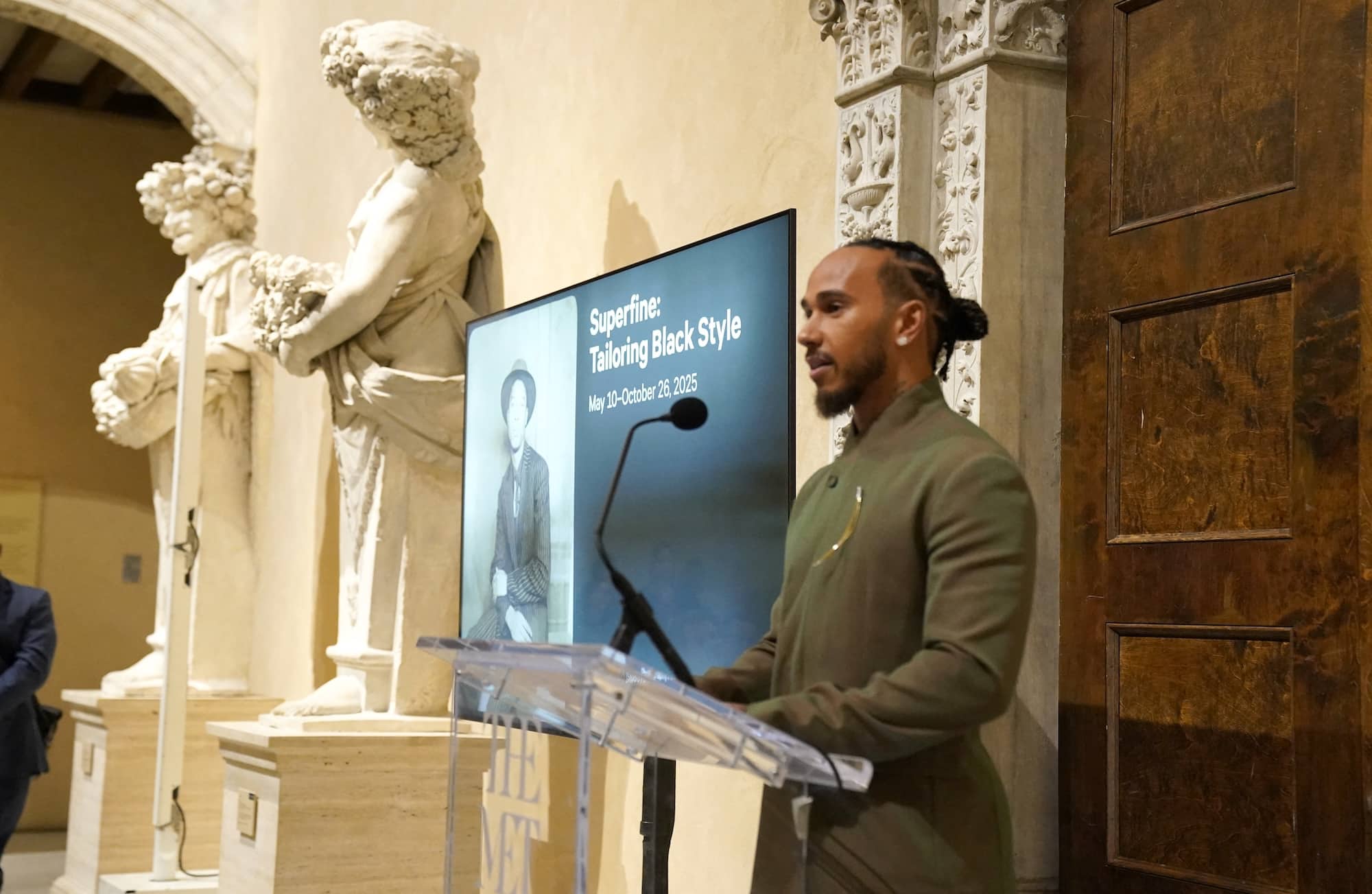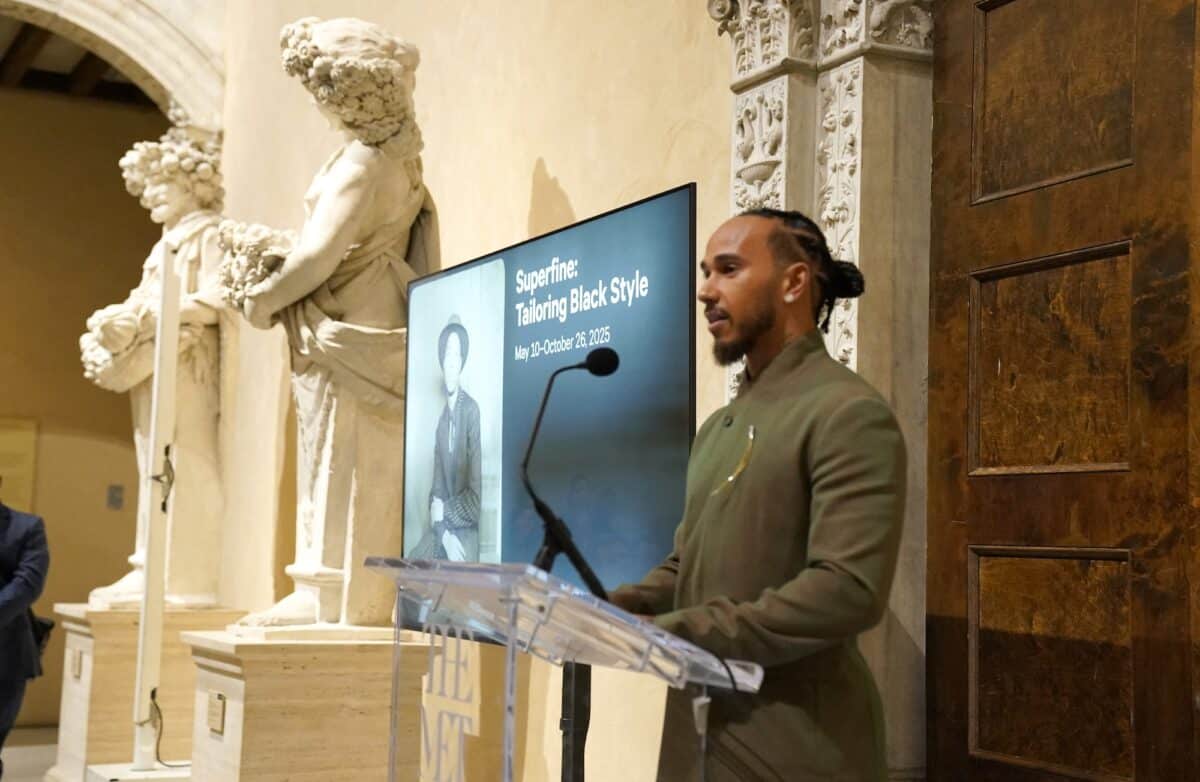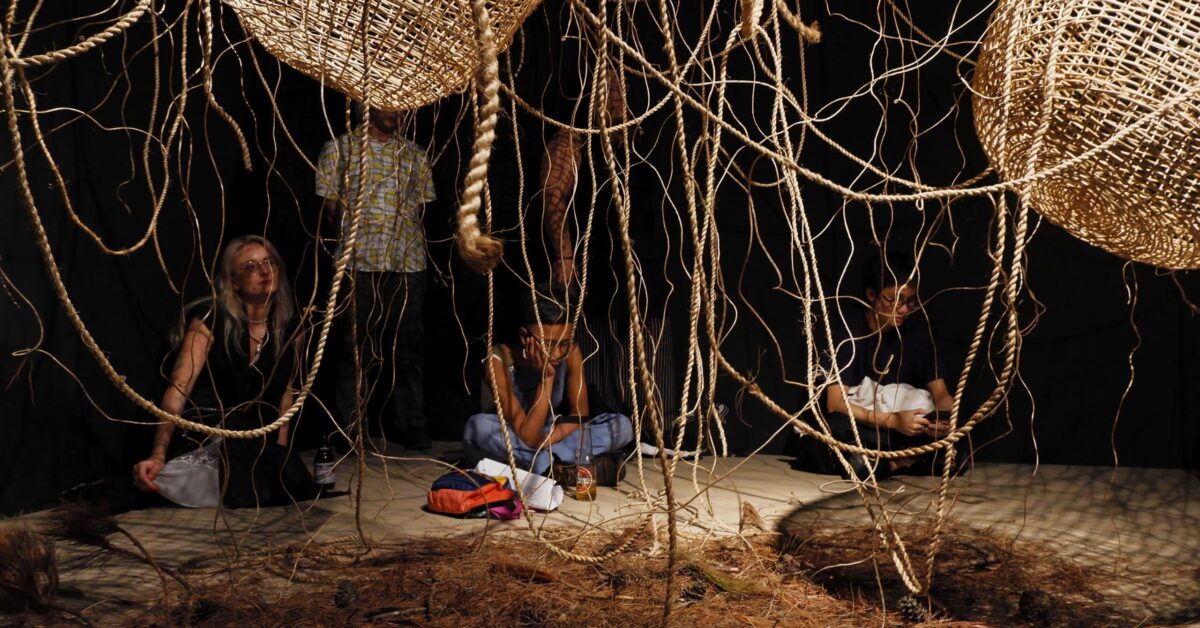
I don’t have any love story to tell between myself and Math. This is one subject I dreaded the most when I was in school. So when my child came along, I had this dilemma. How do I make something fun when I am personally terrified of the subject?
We enrolled my daughter in Kumon when she started kindergarten. But those who have tried the program for at least six months will find that Math is a slow process with Kumon. The student only moves to the next level after mastery of the current one.
It also doesn’t follow the curriculum that they have in school. It doesn’t teach spatial, logic or time, at least in level A or the beginner’s level. Our child will continue with her Kumon journey but only with the expectation of her building a sound mathematical foundation. This is why parents still need to help their children out in learning Math. YouTube is a great help. I only needed to type phrases such as “How to Teach Skip Counting by 2s” and, voila, a teacher/content creator will give you several tips on how to do it. Music is very useful in making a child memorize equations versus making her repeat them over and over again.
I am not a licensed teacher and most of my discoveries are based on trial and error. I learned to adjust according to my daughter’s pace. I found that she is a visual learner. Big numbers or any number beyond 20 held no meaning for her until I started using counters or manipulatives.
Manipulatives are materials that allow students to touch objects for them to explore an idea.
Stumbling upon this didn’t happen automatically. I used to get frustrated when my child couldn’t tell the number of placements of ones and 10s after multiple explanations. I would end our lessons whenever this happened because the last thing I wanted was for her to equate Math with anger.
Right counters
That’s when I tried using the counting sticks that you can buy online for P60. This is a Montessori method of teaching wherein you allow the child to experience Math. It’s something that she can hold and see. The counting sticks allowed her to see the difference between 15 and 10 and so on.
She quickly outgrew number sticks and we moved on to number blocks. CBeebies came out with a YouTube show called “Numberblocks.” It’s an entertaining way to learn about Math. It’s even used in her school.
The show introduced a type of counters to children. Parents will probably have more use with number blocks than counting sticks in the long run. They are available online at different price points.
You can search for them using the keywords number blocks, Math links or number links. The CBeebies original is worth P1,000, while the China-made ones range from P100 to P500.
The cheaper the blocks, the lighter the materials. They are also very easy to unsnap which can get annoying when you are trying to keep them in an upright position. There is also an online version of this if you don’t want to purchase the links at all. The website (apps.mathlearningcenter.org/number-pieces) allows you to teach your child using the blocks through an app or laptop. It’s pretty basic but it does the job.
We also got a fraction version of the number blocks. It has the fractions printed on the blocks to help the child see the difference between a whole number and a quarter.
We found that some materials can also be used beyond Math subjects.
The round-shaped fraction manipulatives were used to teach our child counting measures in music sheets. A whole note is a whole pie, hence four counts. The quarter is only one count because it’s a fourth of a pie.
At this point, she’s already comfortable with counting. Thus finding relations between Math and music allowed her to understand the latter better.
Commitment
There are fancy 10 frames and hundred charts that can be purchased online. But these are resources we could easily print and laminate on our own. I made our hundred chart with squares big enough to fit the used buttons we found on sale on an ukay-ukay Facebook page.
The hundred chart was used to teach skip counting so she could see the patterns in them. Patterns are a way for her to see Math.
Ten frames are used to familiarize a child with how 10 things of everything look. It’s to make them comfortable in counting by 10s thus helping them to count faster.
Counters need not be purchased at all. You can make it or use the ones that already exist in your home. It can be Lego bricks, clay or even round magnets.
There are manipulatives that we have but didn’t use. An abacus is one of them. Teaching abacus to children means we have to learn how to use it first. That’s something I didn’t have a background of. Sure, I could probably read up on it or find an example on YouTube, but it’s a commitment I’m not ready to jump into.
We know that we could use it to teach number sense and counting by 10s, but we were in love with number blocks already so we didn’t bother.
To be fair, several online schools can teach your child how to use the abacus. The abacus has a system that teaches a child to solve equations mentally and very quickly. Some can solve multiple equations by visualizing the abacus in their heads. Kids as young as 5 or 6 can start with this program.
A rekenrek looks like an abacus, but it is not one. It is a counting rack with only red and white beads. There are many free resources online that can teach you how to use this. But again, this is something the parents have to commit to if they want to teach their child this.
The rekenrek can be expensive on top of everything you have to spend for your child. So far, there are no dupes of this. You have to read up on it first and see if this is something that you can apply in your classroom at home before you purchase it.
I am aware that I can only teach my child Math at a certain grade level. We will rely on tutors at some point in her life. But the reason I persist in teaching her at this age level is that I don’t want her to find out my fear of Math.
Children like to copy their parents. Hence, I am committed to faking my love for the subject until my child learns to love it completely.












































